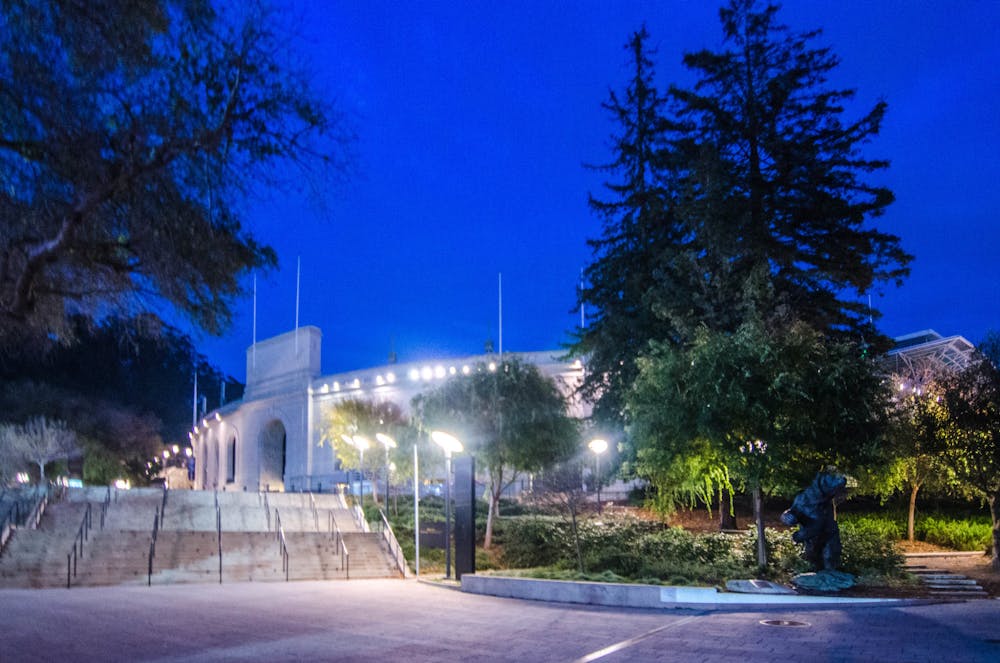On Thursday, March 28, the Department of Civil and Systems Engineering hosted David Friedman, emeritus CEO and board chair of Forell Elsesser Structural Engineers. The talk, titled “The Practice of Structural and Earthquake Engineering Today and Three Unique Structural Engineering Projects," touched on Friedman’s projects and methodologies as well as the challenges posed by the constraints of the environment. Assistant Professor of Mechanical Engineering Jeremy Brown organized the event.
Friedman began by discussing his favorite projects, why they were important and the obstacles he faced along the way. He began as a member of the Earthquake Engineering Research Institute (EERI), working on earthquake-resistant designs. EERI conveys information not just about earthquakes as a natural hazard but also about what can be learned from them. He said that the experience shaped the way he thought about designs and hazards.
“I learned not just under structural engineers, but other seismologists, geotechnical engineers, lifeline and infrastructure experts and social scientists,” Friedman said.
He continued by discussing three jobs he has held during his career, noting that earthquakes framed his career and his understanding of the importance of building codes in earthquake-prone communities. He noted that his work in Kobe, Japan in 1995 made him a better engineer and helped him think more about community resilience. He went on to describe other projects that were caused by earthquake damage; a key discussion surrounded “life-safety codes.”
“[A life-safety code is something] you decide for the building so that you can safely get out of it,” Friedman said. “That does not mean they can get back into the building. It means that the building has to be repaired and be out of service for some time. Most people automatically think their buildings will be earthquake-proof, but they are not.”
Friedman provided advice aimed at current graduate students on how to become what is known as a “Master Builder” for a structural engineer. A “Master Builder” can navigate their way through a complex network of forms, setting necessary criteria, risk evaluation, design, documentation and construction for a specific project.
After defining these points that are important to hit when working on a project, Friedman shared more recent projects, including San Francisco City Hall. This building sustained damage from the 1989 Loma Prieta earthquake, in which it needed repairs and seismic retrofit. By assessing the situation, Friedman and his company determined that base isolation would be the best solution for redevelopment. Base isolation was deemed cost-effective and provided the least intrusion to the elaborate historic building. On top of all of this, it provided maximum seismic protection.
The last project Friedman spoke about was the UC Berkeley California Memorial Stadium. The stadium was built in 1922 in nine months. The Bay Area is frequently hit by earthquakes, so the structure needed to be built to withstand them. University of California, Berkeley wanted two seating bowls that appeared to hover over each other. Given the high potential for earthquakes in the area, a lasting and sustainable solution was necessary.
Forell Elsesser built the two structures independently and used fluid viscous dampers linking them. The dampers were able to buffer the movements between the two structures. To protect the skinnier core walls that support the press box, a rock-rigid body was needed at the base, rather than having it rigidly fixed to the foundation system. With this, the Memorial Stadium will be safe against potential surface rupture and ground shaking from the Hayward fault.
Friedman ended the lecture with takeaways on how interdisciplinary work with earthquakes through EERI shaped his career. He explained his work with nonprofits like GeoHazards International is a way of giving back and continuing to influence the field.
Albert Edney, a first-year doctoral student in Civil and Systems Engineering, shared his favorite aspect of his talk in an interview with The News-Letter.
“[Friedman’s] vast knowledge of seismic engineering specifically allows even a room filled with mechanical and civil engineers to have different perspectives to pull from,” Edney said. “It helps us learn how to design for disaster situations well by looking at the fact that you have to be open when you approach these difficult problems to take it for what it is. You cater and design to make it economically sound, while, at the same time, not shortcutting the engineering necessary to provide safety, primary structures and solutions for the communities that you’re serving.”





